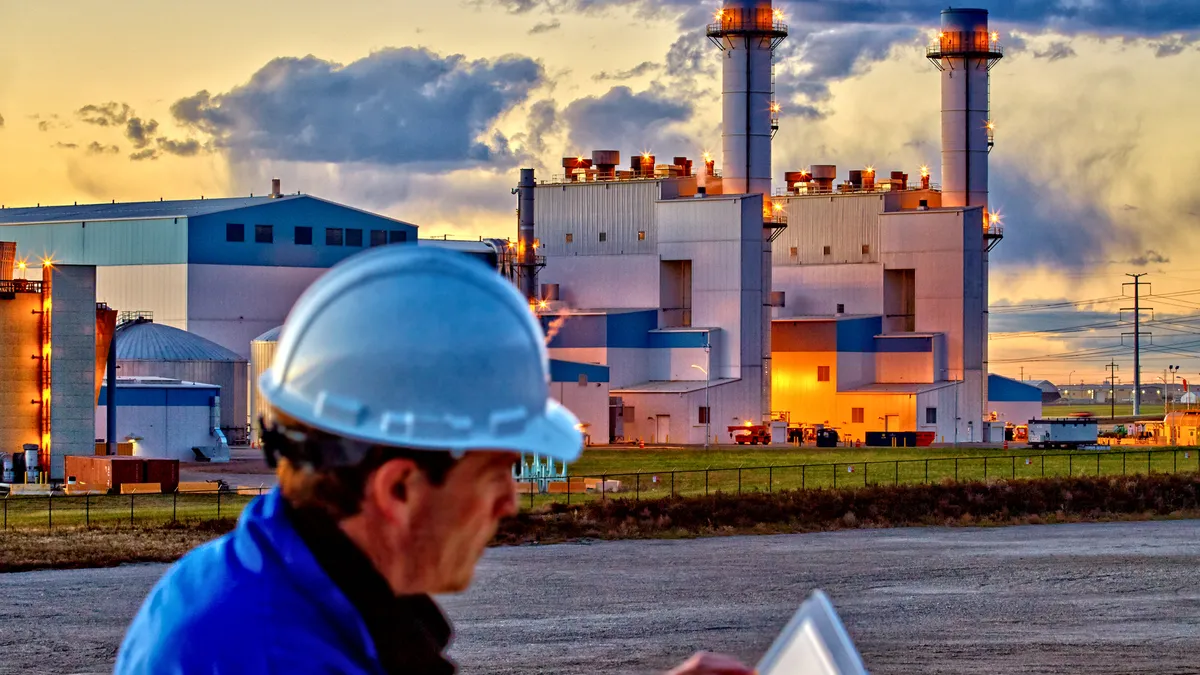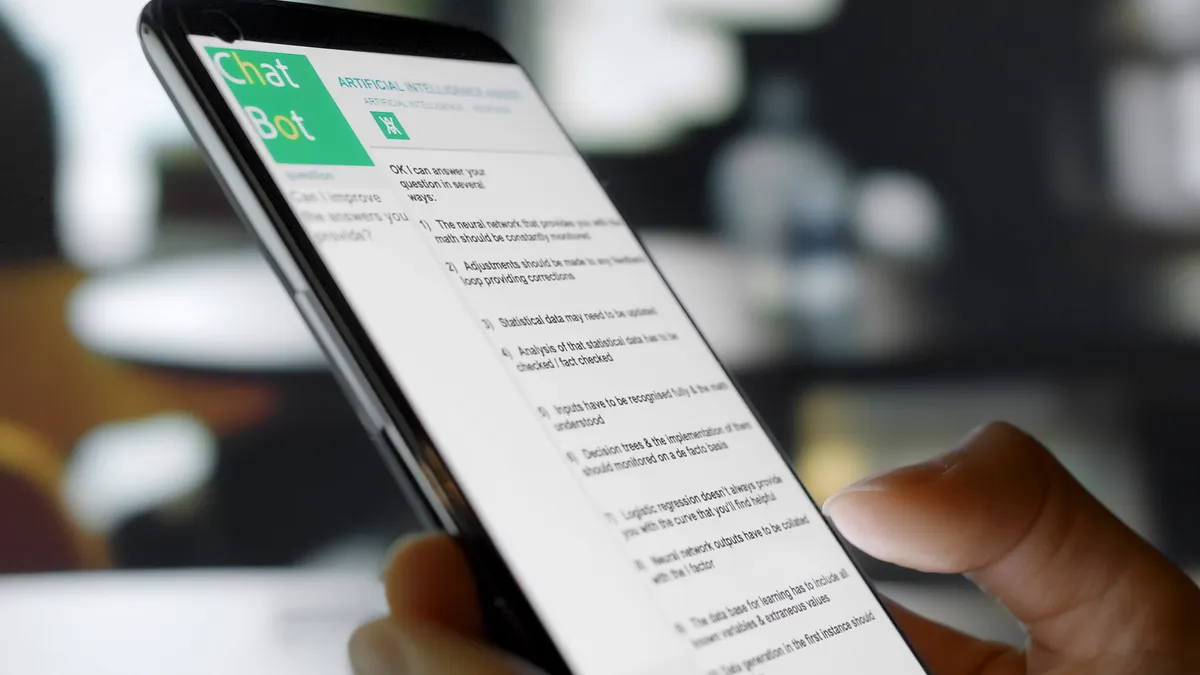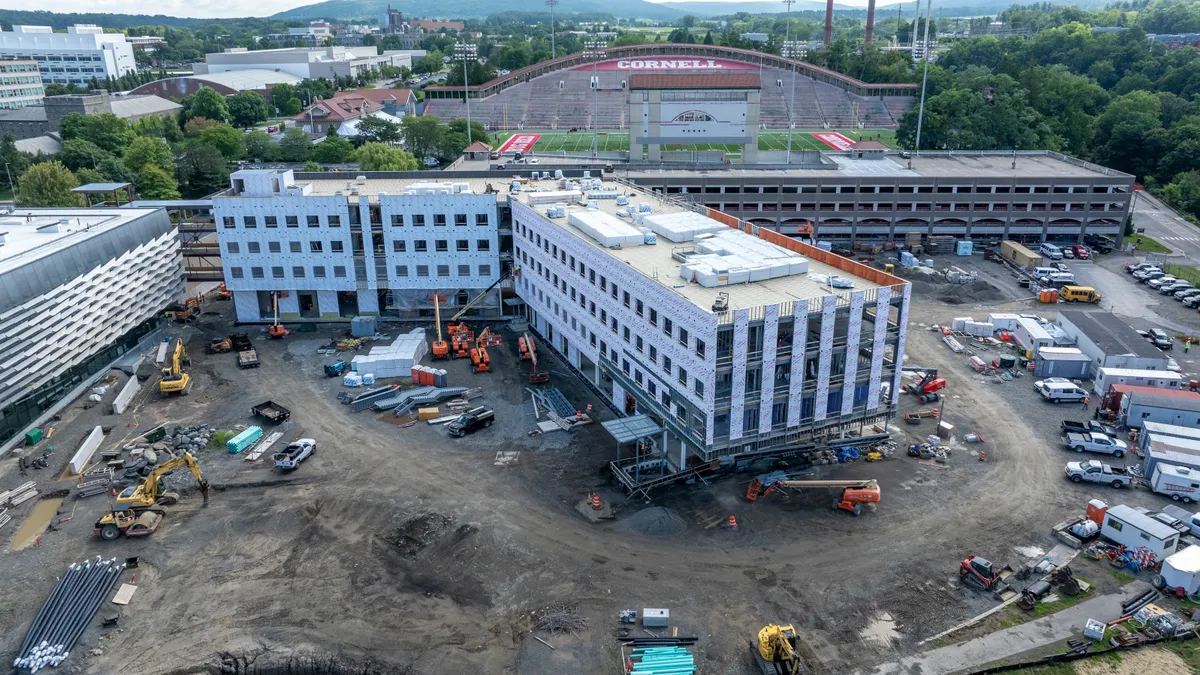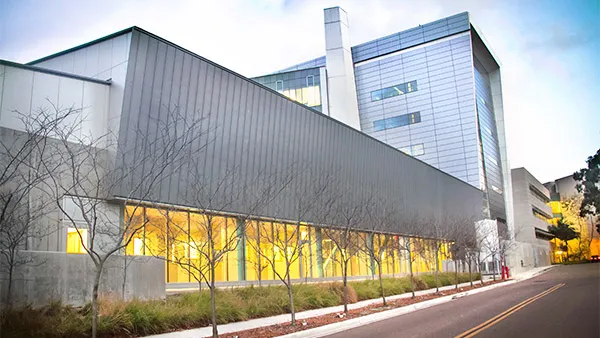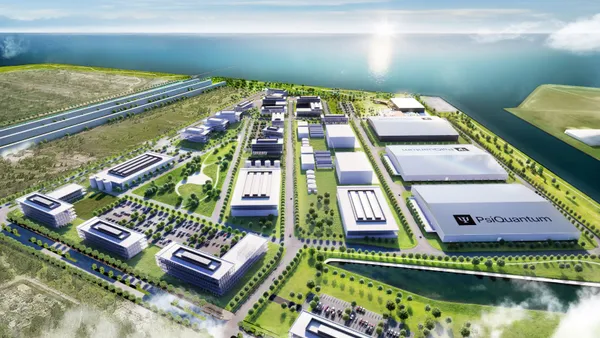Dive Brief:
- When it comes to improving a building's energy efficiency, some companies are betting on the power of small changes that add up to big savings. Rather than resorting to large renovations such as replacing windows and HVAC systems, a Building Design & Construction article pointed out that some startups are using data collection and machine learning to improve the efficiency of mechanical and electrical systems.
- Tesla, for instance, enlisted the services of San Francisco-based startup Carbon Lighthouse to reduce its headquarters’ energy use. Using sensors, data, algorithms and technical analysis to establish the facility's baseline energy draw from cooling towers, chillers and pumps, the startup found a miscommunication between systems, then used the findings to reconfigure the systems to produce the same amount of cooling while consuming less energy.
- Commercial buildings reportedly consume one-third of the country’s power, which is just one of the growing number of reasons for contractors to consider technology to reduce energy inefficiency in renovation and new building projects.
Dive Insight:
While analysis offered by tech companies that monitor energy inefficiencies mainly benefits end users, contractors may also want to capitalize on the same technologies, which can point to ways for them to reduce energy usage through renovations or in the design process for new construction.
That's especially the case as the impetus to reduce usage increasingly falls on builders. C.W. Driver Cos. project director Andy Feth wrote in a opinion piece for Construction Dive in April that, "With time, the initial costs invested in energy improvements will pay dividends, making a holistic approach a good investment for your company."
Two of the techniques Feth touted as effective ways to meet increasingly stringent emissions targets (which coming in the form of green building regulations, incentives, building code mandates and other initiatives) include optimizing a building's HVAC system for energy savings and peak performance, and using LED, high-efficiency lighting. Both are physical changes that can be better implemented through the data and insight that startups like Carbon Lighthouse and another firm from San Francisco, Redaptive, aim to be able to capture and analyze.
Redaptive claims on its website that it reduced millions of dollars' worth of energy usage through digital monitoring tools that spurred a switch to LED lighting, for example. "Consumption monitoring allows us to measure and verify the savings that result from our projects, but also provides valuable data to our customers, allowing for predictive maintenance, fault detection, and a detailed perspective on energy use.”
Contractors can harness those same tools and others to design and construct smart buildings aimed at delivering energy usage improvements for their clients.


